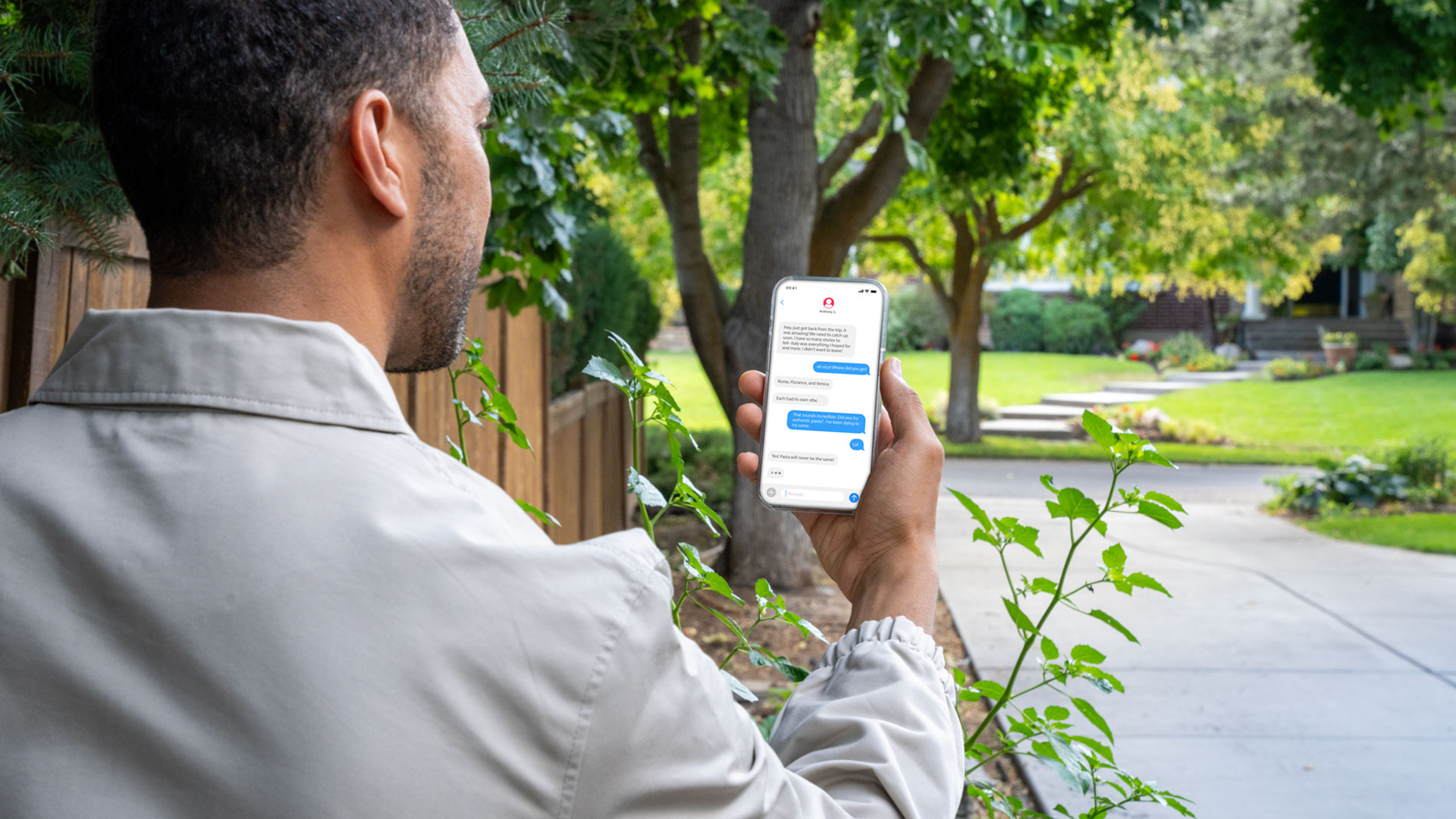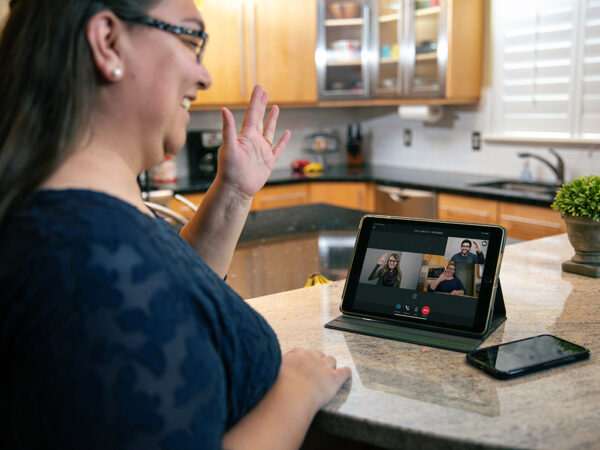Why Make a Captioned Call When You Could Just Text?

No Value (acf:field_669fe7fdb55ef)
Texting became widely available in the U.S. way back in the late 90s and quickly gained popularity as a way for friends to coordinate Titanic showtimes and cast votes for American Idol.
Since those early days when texts were limited to 160 characters and cost 10 cents per message, texting has grown into one of the most popular forms of communication in the world.
The proliferation of text messaging has been especially helpful for hard-of-hearing individuals, as it offers a popular and accessible way to communicate quickly with friends and loved ones.
Texts are great for short thoughts, brief conversations, and quick confirmations. They also have the benefit of being written — that is, you can take the time to get your thoughts out exactly as you want.
Texts are useful for less urgent messages. A text message gives the recipient plenty of time to consider and respond when they’re ready. They get the message, but don’t necessarily have to reply immediately.
As smartphones have grown in popularity, text messaging has come to incorporate mixed media — photos and videos — which enables a type of communication that phone calls can’t accommodate on their own.
However, sometimes a text just doesn’t cut it.
When texting falls short
Text messages aren’t great for making or feeling a real connection. Brevity and lack of immediacy don’t often lead to a feeling of connection.
Sometimes you need to have a live, interactive conversation — even if you need captions to fully understand it.
There are important elements of communication that you just can’t get over text. Tone of voice can communicate sincerity, sarcasm, frustration, or a whole host of other emotions. Even if the words are unclear, things like the tone of someone’s voice or the pace of their speech convey additional meaning that is completely lost via text messaging. You get the emotion from their voice, and the captions help you sort out the actual words.
That’s why phone calls are better for longer, more meaningful conversations. Making a phone call feels more like actually spending time with someone rather than just leaving them notes. A recent study backs this up, with participants reporting a higher level of satisfaction with phone calls than emails or text-based chats.
Texting can also lead to a lot of miscommunications that are easier to avoid in a real, spoken conversation or phone call (or captioned phone call). Sometimes misunderstandings can be minor annoyances, but sometimes — when communicating with your doctor’s office, for example — it can be much more serious.
How to choose between a text and a captioned call
Texting and call captioning share some undeniable similarities, but they also each have their own strengths and limitations. The bottom line is being able to send a text or make a captioned call gives you two accessible communication options to choose from, depending on the situation. You get to set your own rules for when to use them.
Related articles
Deaf Community
News
News and updates about Sorenson VRS products and features and the Deaf community
Hearing Health Providers News
Hearing loss news and trends for hearing health professionals
Hard-of-Hearing
News
News and updates about living well with hearing loss and getting the most out of CaptionCall and CaptionCall Mobile

No Value (acf:field_67911dacbb423)

No Value (acf:field_67911d8bbb421)













































